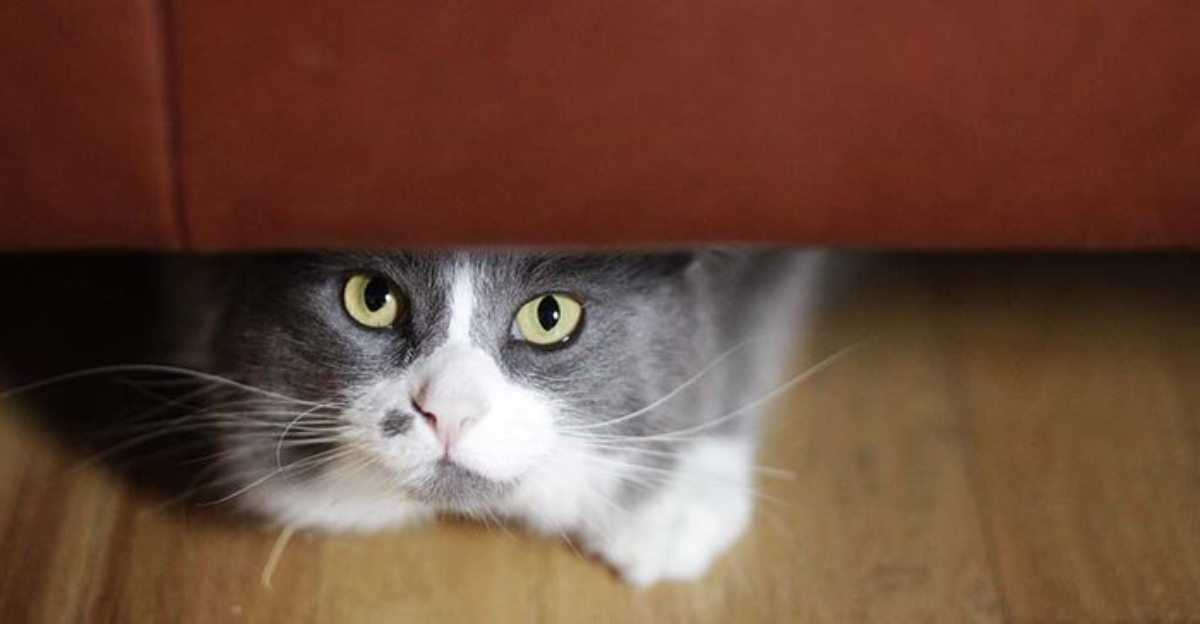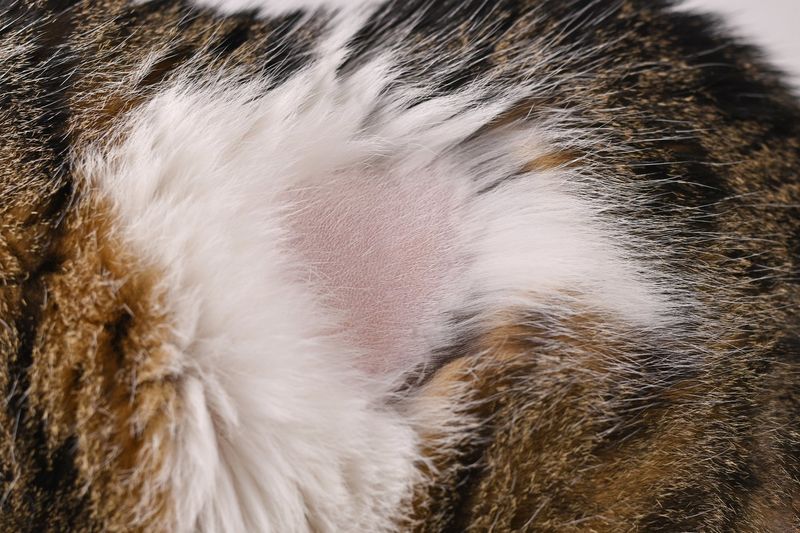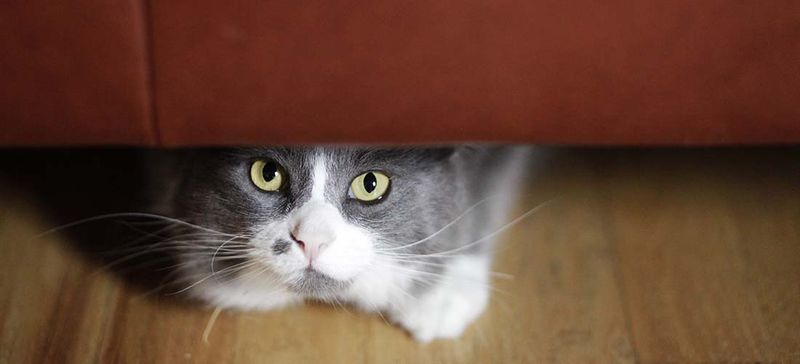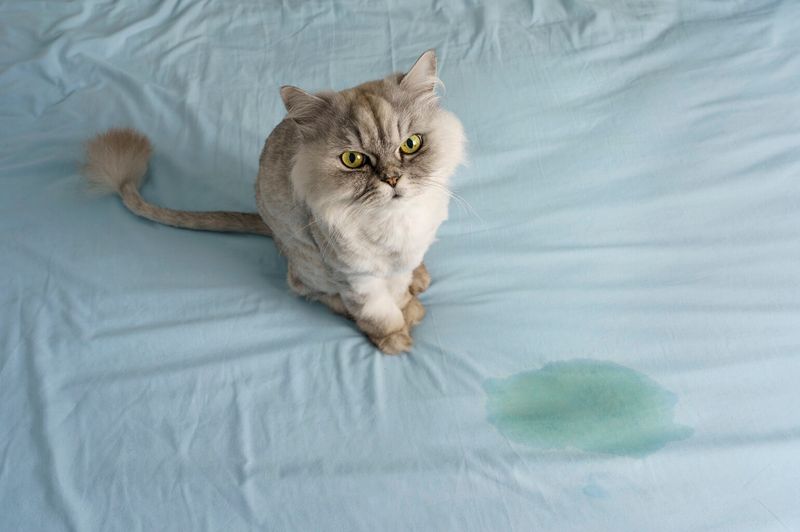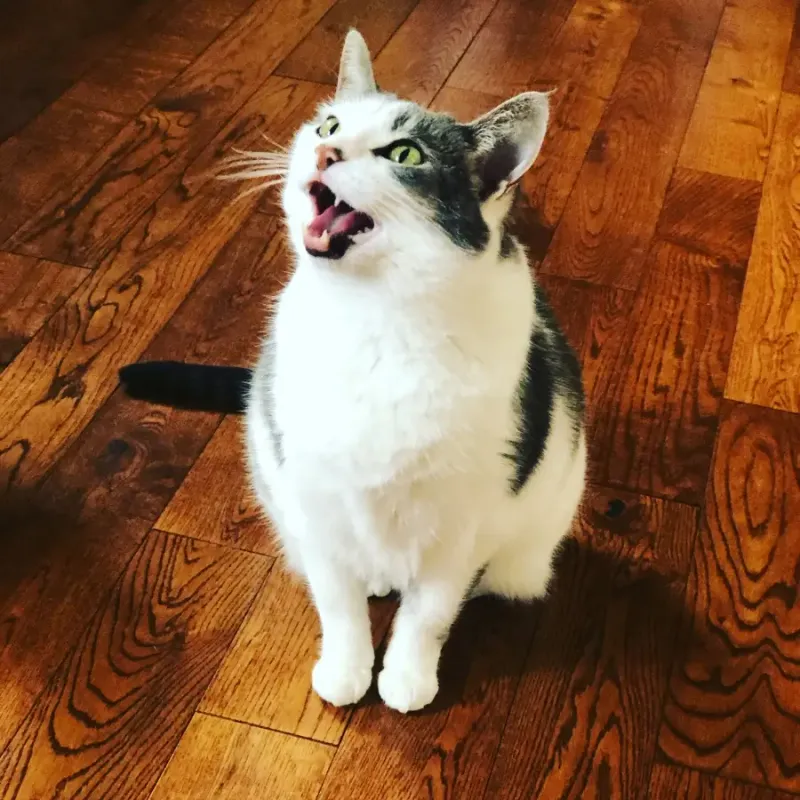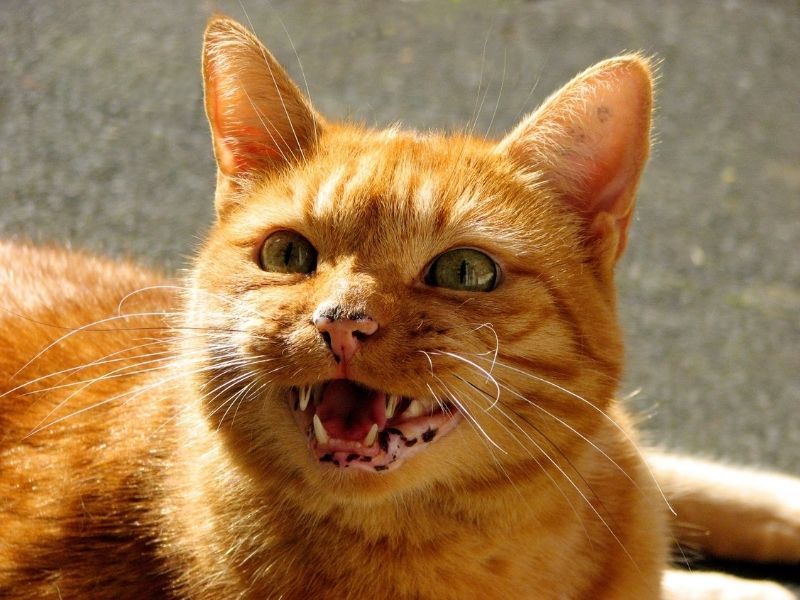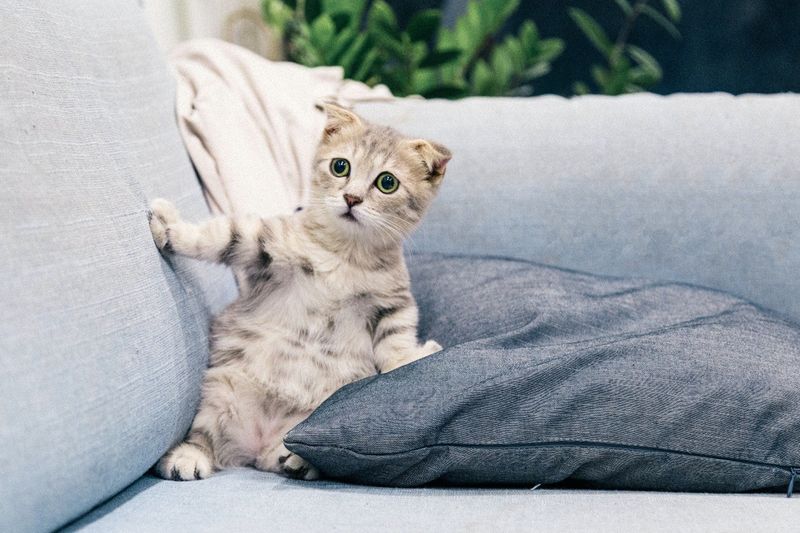📖 Table of Content:
- 1. Excessive Grooming or Fur Loss
- 2. Hiding or Avoiding Interaction
- 3. Inappropriate Elimination Habits
- 4. Excessive Vocalization
- 5. Aggression or Destructive Behavior
- 1. Create a Safe Space Retreat
- 2. Establish Consistent Daily Routines
- 3. Try Pheromone Products
- 4. Introduce Enrichment Activities
- 5. Consider Calming Music or White Noise
Cats are often perceived as independent and aloof, but like humans, they can experience anxiety and stress. Recognizing the signs of stress in a cat is essential for helping them feel safe and comfortable in their environment. Understanding how stress manifests in feline behavior can lead to a deeper connection and a more secure home for your pet.
When cats become anxious, their behavior may shift in noticeable ways. They might hide, become more vocal, or display other signs of discomfort that alert attentive pet owners to their distress. By being able to recognize these changes, it becomes easier to intervene before anxiety escalates.
Addressing a cat’s anxiety early on can prevent further emotional strain. With the right calming techniques, stress levels can be reduced and your cat can return to their usual, happy self. Recognizing the subtle signs of stress and taking action can help create a more relaxed environment for both pet and owner.
1. Excessive Grooming or Fur Loss
Cats naturally groom themselves, but anxiety can turn this normal behavior into an obsession. You might notice bald patches or irritated skin, especially on the belly, legs, or base of the tail. This over-grooming, called psychogenic alopecia, happens when stress hormones build up and your cat tries to self-soothe.
The repetitive licking releases endorphins that temporarily calm your cat, creating a cycle that’s hard to break. If your previously well-furred feline suddenly resembles a patchy quilt, it’s time to investigate potential stressors in their environment.
Cats with anxiety-induced grooming often focus on one area until it’s raw, distinguishing this behavior from normal cleaning routines that cover their entire body more evenly.
2. Hiding or Avoiding Interaction
Sudden shyness in your normally social cat signals potential anxiety. They might disappear under beds, inside closets, or behind furniture for hours or even days. This retreat to safe spaces represents your cat’s natural instinct to protect themselves when feeling threatened or overwhelmed.
Unlike occasional hiding during thunderstorms or visits from strangers, anxiety-driven hiding persists even when the apparent threat is gone. Your cat may hiss, growl, or swat if you try to coax them out before they’re ready.
Pay attention to timing—hiding that coincides with household changes like new pets, moved furniture, or schedule disruptions often points to anxiety rather than illness.
3. Inappropriate Elimination Habits
Finding unexpected puddles or piles outside the litter box often signals your cat’s distress, not spite. Cats naturally prefer to use their litter boxes, so deviation from this habit typically means something’s wrong. Anxiety can cause your cat to mark territory or avoid locations they now associate with fear.
Look for patterns in these accidents. Many anxious cats target specific spots like beds, clothing, or new furniture. The high-positioned scent marks serve as self-reassuring messages for your stressed feline.
Rule out medical issues first with a vet visit, as urinary tract infections can cause similar behaviors. If health problems are eliminated, anxiety becomes the likely culprit behind your cat’s bathroom rebellion.
4. Excessive Vocalization
A normally quiet cat suddenly becoming vocal deserves your attention. Anxious meowing sounds different from normal communication—it’s often more urgent, higher-pitched, or happens at unusual times like the middle of the night. These calls express your cat’s inner turmoil when they can’t settle down.
Senior cats especially use increased vocalization to express anxiety about changes they can’t process due to cognitive decline. Your cat might pace while crying, showing they’re seeking relief from their distress.
Some breeds naturally talk more than others, but sudden changes in vocalization patterns almost always indicate something’s wrong. Record these episodes to help your vet distinguish between medical issues and anxiety-driven behaviors.
5. Aggression or Destructive Behavior
Shredded curtains, scratched furniture, or unexpected attacks might mean your peaceful pet is struggling with anxiety. These behaviors stem from your cat’s need to release pent-up stress energy or establish control over their environment. The destruction typically happens when you’re away or asleep.
Redirected aggression occurs when your cat can’t address the actual source of their anxiety. For example, seeing an outdoor cat through the window might cause your indoor kitty to attack your ankle instead. This isn’t random meanness—it’s anxiety in action.
Cats with anxiety-driven aggression often show warning signs first: dilated pupils, twitching tails, and flattened ears. Learning to recognize these cues helps prevent escalation to full attacks.
1. Create a Safe Space Retreat
Every anxious cat needs their personal sanctuary. Set up a quiet corner with a covered bed, familiar blankets, and favorite toys where your cat can escape when feeling overwhelmed. The ideal location sits away from household traffic but allows your cat to observe activities from a distance.
Add cardboard boxes or cat trees for vertical escape routes. Cats naturally feel safer when elevated, as height gives them surveillance advantages over potential threats. Their safe space should remain undisturbed—teach children and guests this area is off-limits.
Enhance the retreat with items carrying your scent, like an unwashed t-shirt. Your familiar smell reassures your cat even when you’re not physically present, creating a constant comfort source during stressful times.
2. Establish Consistent Daily Routines
Cats thrive on predictability. Feed, play, and clean litter boxes at the same times each day to create a sense of security. Your cat’s internal clock is remarkably accurate—they know when dinner is four minutes late, and this unpredictability can trigger anxiety.
Morning and evening play sessions provide both exercise and bonding time. Even five minutes of interactive play twice daily helps burn anxiety-producing energy and reinforces your role as provider and protector. Use wand toys that mimic prey movements to engage hunting instincts.
When changes must happen, introduce them gradually. If you’re switching foods, mix increasing amounts of new with decreasing amounts of old over seven days. This methodical approach prevents the stomach upset that often accompanies anxiety.
3. Try Pheromone Products
Synthetic feline facial pheromones mimic the natural cheek-rubbing scent marks that help cats feel secure in their territory. These products come as plug-in diffusers, sprays, or collars and send chemical signals that tell your cat’s brain “this place is safe.” Most cats respond within hours of exposure.
The science behind pheromones is solid. Studies show up to 90% of cats display reduced anxiety behaviors when these products are used correctly. Place diffusers in rooms where your cat spends most time or shows stress behaviors.
Replace diffusers monthly for continuous effect, even if you can’t smell anything—human noses don’t detect these signals. For travel or vet visits, spray carriers 15 minutes before use to allow alcohol in the product to evaporate.
4. Introduce Enrichment Activities
Boredom magnifies anxiety in cats. Food puzzles transform mealtime into mental stimulation by making your cat work for kibble. Start with simple designs before progressing to complex puzzles that keep their mind engaged for longer periods.
Rotate toys weekly to maintain novelty. What seems like the same mouse toy to you is an entirely different experience for your cat when it reappears after absence. Bird-watching stations near windows provide hours of natural entertainment that satisfies predatory instincts without frustration.
Clicker training offers surprising anxiety relief through mental engagement and confidence building. Most cats quickly learn to touch targets, spin in circles, or give high-fives when rewarded with treats. These short, positive training sessions create focus that displaces anxious feelings.
5. Consider Calming Music or White Noise
Cats have extraordinary hearing that picks up sounds we miss entirely. Traffic noise, construction, or even appliances can create constant stress. Species-specific calming music designed for feline ears uses tempos matching purr frequencies and maternal heartbeats to trigger relaxation responses.
White noise machines mask startling sounds that might trigger anxiety responses. Place these devices near your cat’s favorite resting spots or in rooms where outdoor noises penetrate most easily. Many cats show visible relaxation within minutes of appropriate sound therapy.
Several streaming services now offer dedicated playlists for anxious pets based on scientific research. Try different sound options to discover what works best for your particular cat—some prefer classical strings while others respond better to synthesized tones.
